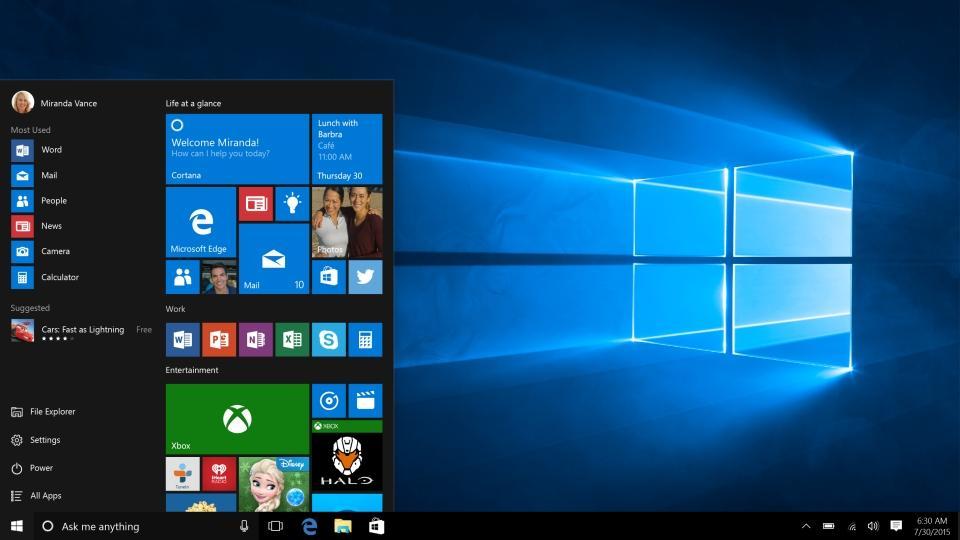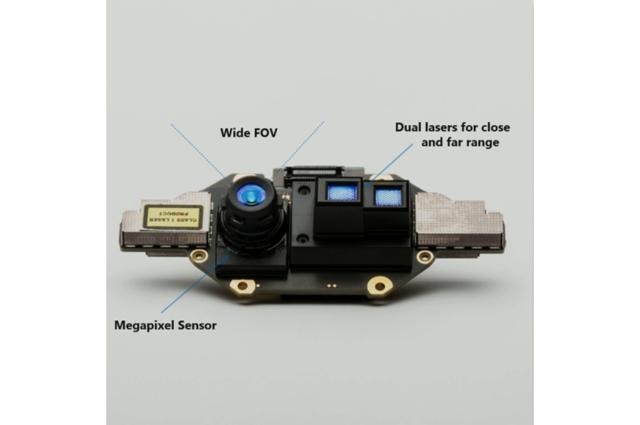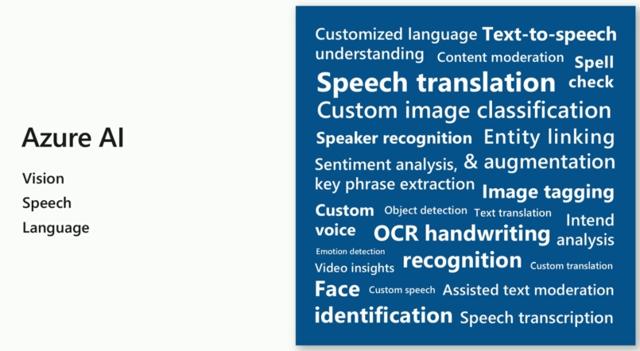Build 2018: AI replaces Windows as the new Microsoft flagship
Build 2018 indicates that Windows is handing over the baton to Microsoft’s Cloud and AI products as the flagship product.

Microsoft is finally looking beyond Windows, the flagship product for the company for over a decade. The opening keynote of the company's annual developer conference Build 2018 saw a muted attention towards the Windows operating system. Instead, new age technologies such as Artificial Intelligence, Azure cloud platform and Cortana digital assistant grabbed the limelight. Among all of these, Artificial Intelligence remained the core - indicating at Microsoft's big shift in focus for the coming years.
With AI at focus, Microsoft is building smarter machine learning tools for its variety of services. It showcased 'intelligent cloud' and 'intelligent edge' platforms. The philosophy behind the new AI-driven platforms is to make better sense of that big data generated from a wider range of devices including home appliances and connected cars.
"If AI is the heart of how we can advance society, the intelligent cloud and the intelligent edge are the backbone. In the next 10 years, billions of everyday devices will be connected — smart devices that can see, listen, reason, predict and more, without a 24/7 dependence on the cloud," the company said on its website.
"This is the intelligent edge, and it is the interface between the computer and the real world. The edge takes AI and cloud together to collect and make sense of new information, especially in scenarios that are too dangerous for humans or require new approaches to solve, whether they be on the factory floor or in the operating room."
The company also announced adding new AI features to its Kinect through a dedicated Project Kinect platform.
"We've seen developers build transformative solutions across a multitude of industries, from security to manufacturing to health care and more. As sensor technology has evolved, we see incredible possibilities for combining these sensors with the power of Azure AI services such as machine learning, Cognitive Services and IoT Edge," says the company on its website.
"Today we are excited to announce a new initiative, Project Kinect for Azure — a package of sensors from Microsoft that contains our unmatched time-of-flight depth camera, with onboard compute, in a small, power-efficient form factor — designed for AI on the edge. Project Kinect for Azure brings together this leading hardware technology with Azure AI to empower developers with new scenarios for working with ambient intelligence." ALSO READ: Everything Microsoft announced for its cloud service, Azure


The company is giving same treatment to its other small yet highly important services. For instance, it launched a Speech Devices software development kit that will allow developers to leverage a more accurate speech recognition technology.
The kit also comes with features like noise cancellation and far-field voice capabilities - key feature for any smart home speaker. Microsoft hopes developers and OEMs will be using the technology to integrate into applications, like drive-thru ordering systems, in-car or in-home assistants, smart speakers and other digital assistants.
Project Brainwave
Another big AI platform that the company announced was Project Brainwave. The platform allows developers to deploy high-end AI at chipset levels. Microsoft has tied up with chipset giant Intel to build processors that use deep learning models from the company's Azure cloud in real time.
The biggest advantage of Microsoft's Project Brainwave enables much efficient results. For instance, it has 5 times less latency than Google's tensor processing unit (TPU), an AI accelerator application-specific integrated circuit.


Windows, no longer the flagship
While Microsoft is looking at the future with Artificial Intelligence and Machine Learning, it also suggests Windows is no longer the company's flagship technology. The company announced that its Windows 10, the latest iteration of the operating system, had hit 700 million users. At last year's Build, Microsoft had said Windows 10 had 500 million users. Six months later, the company announced the OS had 600 million active users.
While the 700 million user base is very impressive for the three-year-old Windows 10, it's still far behind the company's original plans to achieve 1 billion users by 2018. The company has already admitted it would take more time to hit that 1 billion device goal.
One of the big reasons behind Windows' slower adoption is the company's failure to capitalise on the mobile platform. Windows 10 Mobile remains one of the big flops for Microsoft. Instead, the company is now looking to build more cross platform services that work with Windows, Android and even iOS. Great example for this is how the company has been approaching Cortana digital assistant. The company is partnering with Amazon's dominant Alexa digital assistant and making it compatible with its own Cortana. Microsoft aims to make its Cortana compatible with other digital assistants as well.
In the past it has launched a variety of applications such as Edge browser for non-Microsoft mobile platforms. Going forward, Microsoft is expected to make its Windows features available on non-Microsoft products. This will easily allow Android and iOS users to experience core Microsoft features without changing their loyalties. ALSO READ: 'Your Phone' lets you mirror your smartphone on a Windows 10 PC
Catch all the Latest Tech News, Mobile News, Laptop News, Gaming news, Wearables News , How To News, also keep up with us on Whatsapp channel,Twitter, Facebook, Google News, and Instagram. For our latest videos, subscribe to our YouTube channel.


























